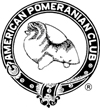The tan point pattern is responsible for creating the color black & tan, and other variations such as blue & tan, chocolate & tan, and tri-color (black & tan parti). A dog is black & tan if it carries two copies of the recessive a(t) gene. Black & tan can be hidden by two copies of the clear orange (e) gene and create a clear orange dog, but otherwise two tan-patterned dogs will always produce tan-patterned offspring.
Black & Tan
Black & Tans are born solid black with tan points usually on their chest, feet, and under the tail. As they grow the tan markings usually become larger and more noticeable. The tan markings on an adult generally extend up the legs, around the muzzle/chest, eye brows, ears, and up the back of the rear pants and tail. Ideally they will have black “pencil markings” on their toes. The amount and shade of the tan markings can vary greatly.
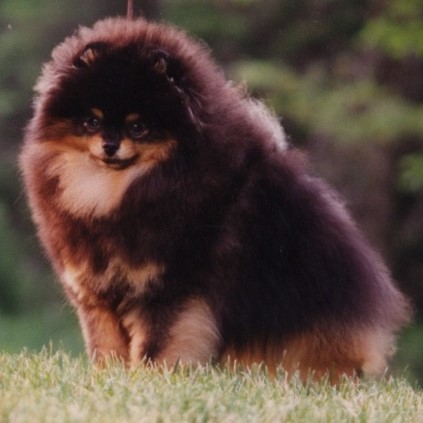
Black & Tan Adult 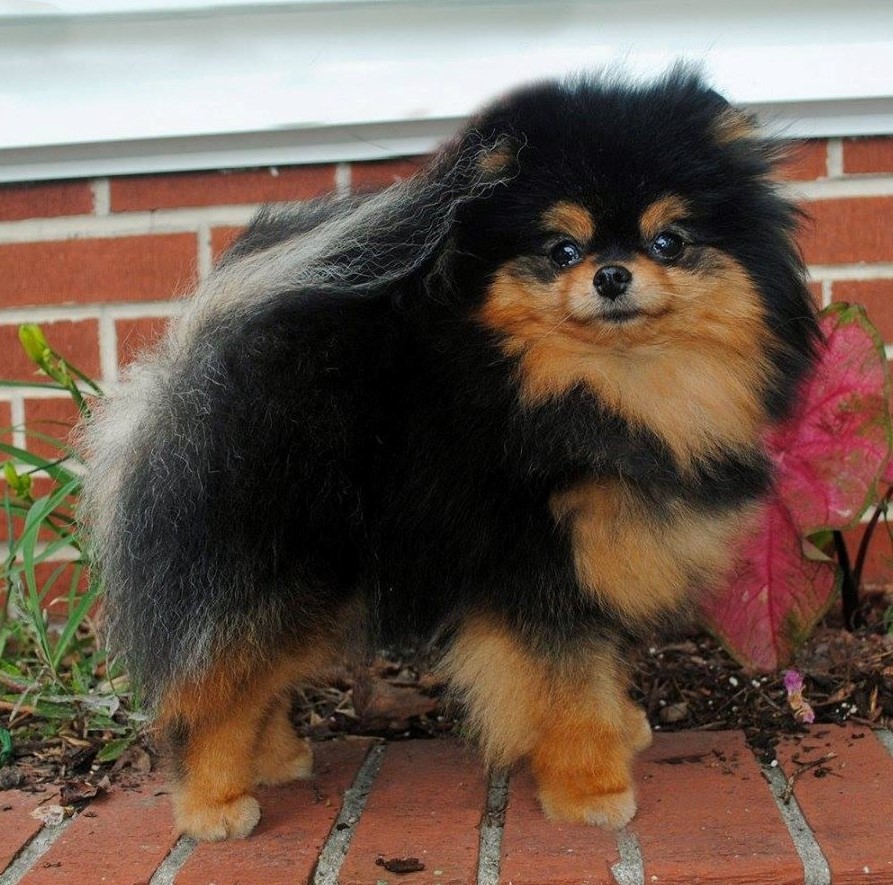
Black & Tan Adult 
Black & Tan Newborn 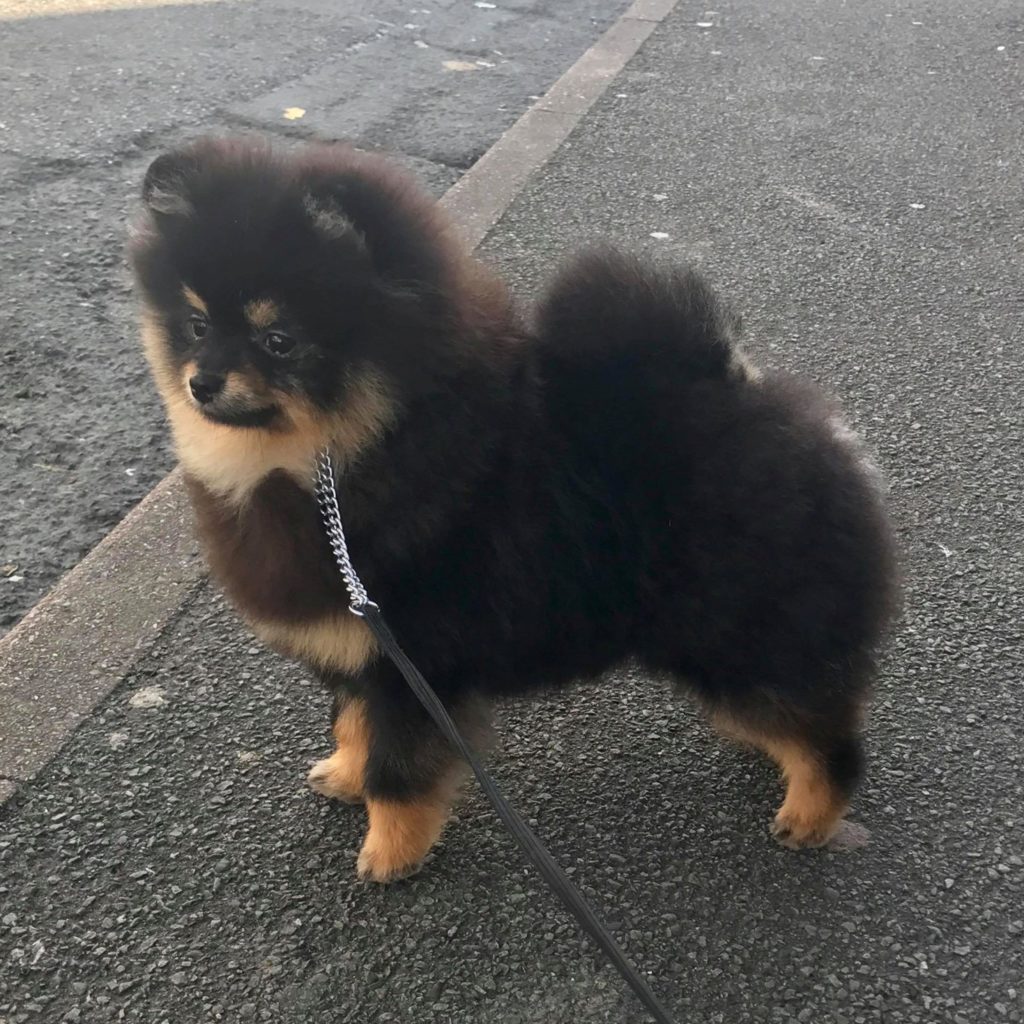
Black & Tan 6 mos 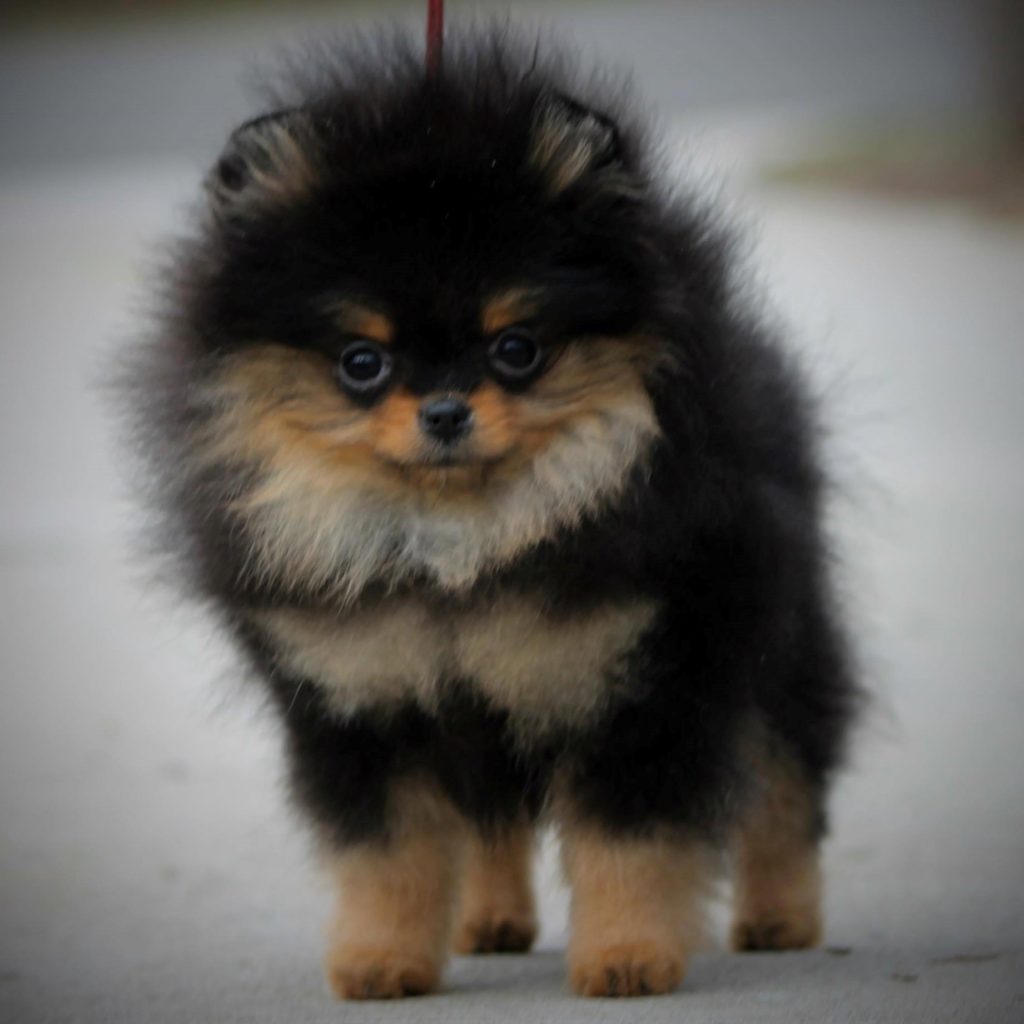
Black & Tan 10 wks
Blue & Tan
When the dilute (d) recessive is combined with black & tan, a blue & tan is created. It is similar to black & tan but all the black hairs and pigment on the nose, paw pads and eye rims are turned to blue rather than black. At birth they usually look distinctly bluish when compared to a black.
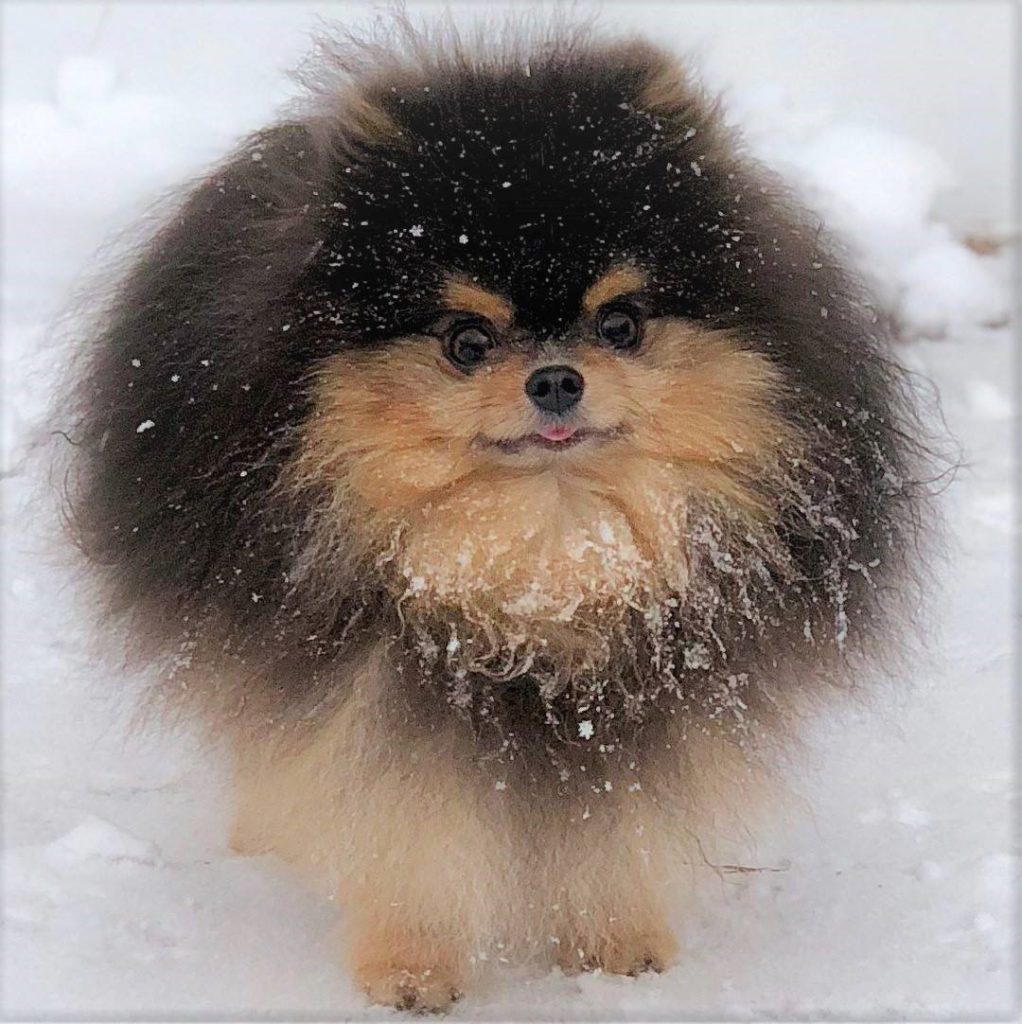
Blue & Tan Adult 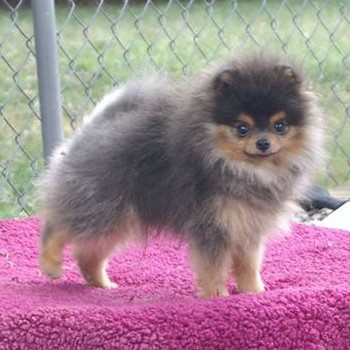
Blue & Tan 6 mos 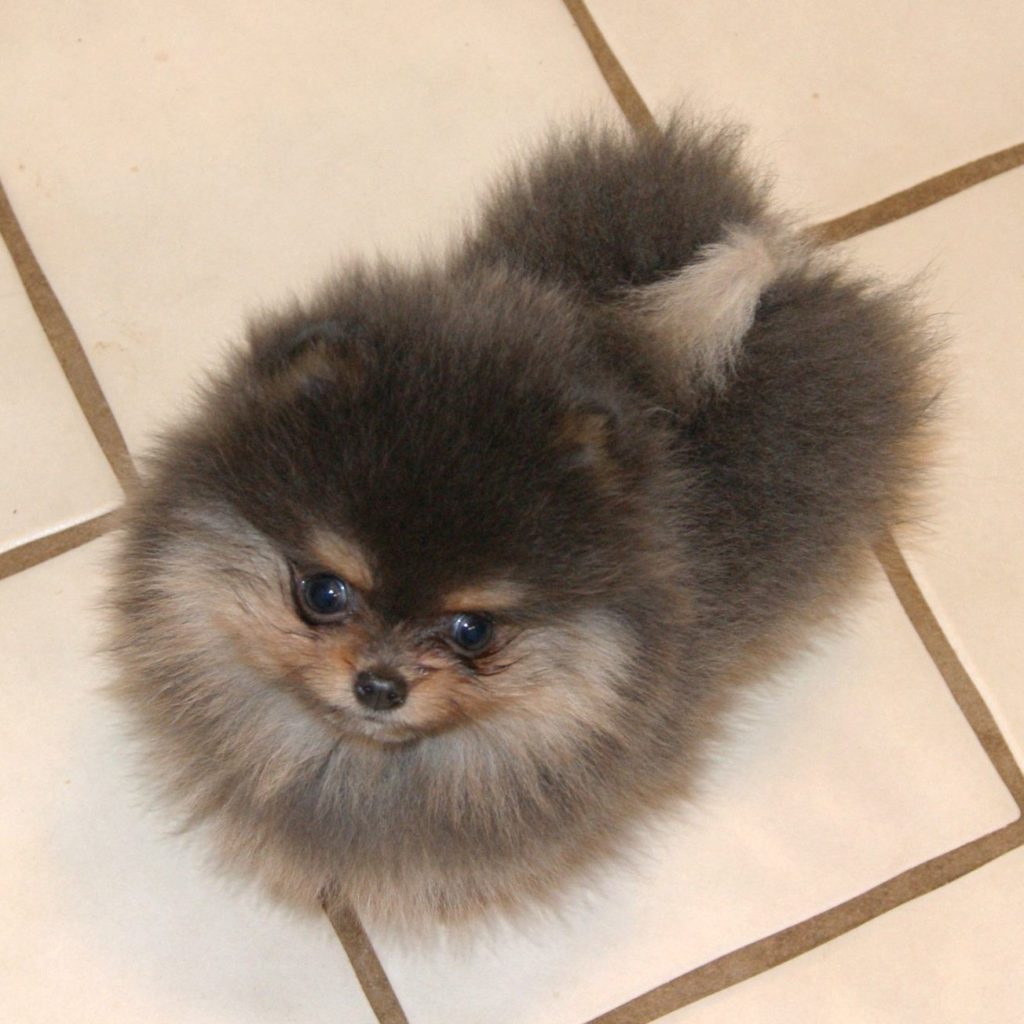
Blue & Tan 8 wks 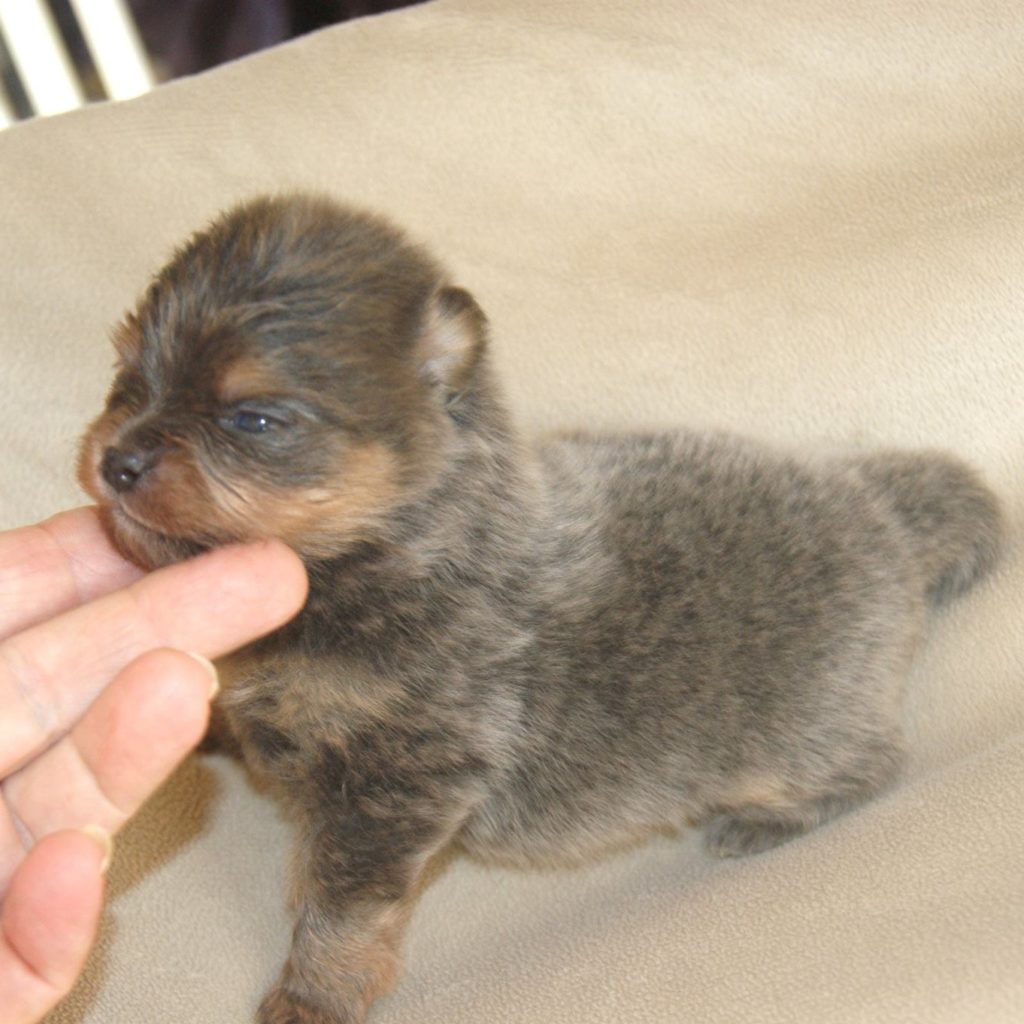
Blue & Tan Newborn 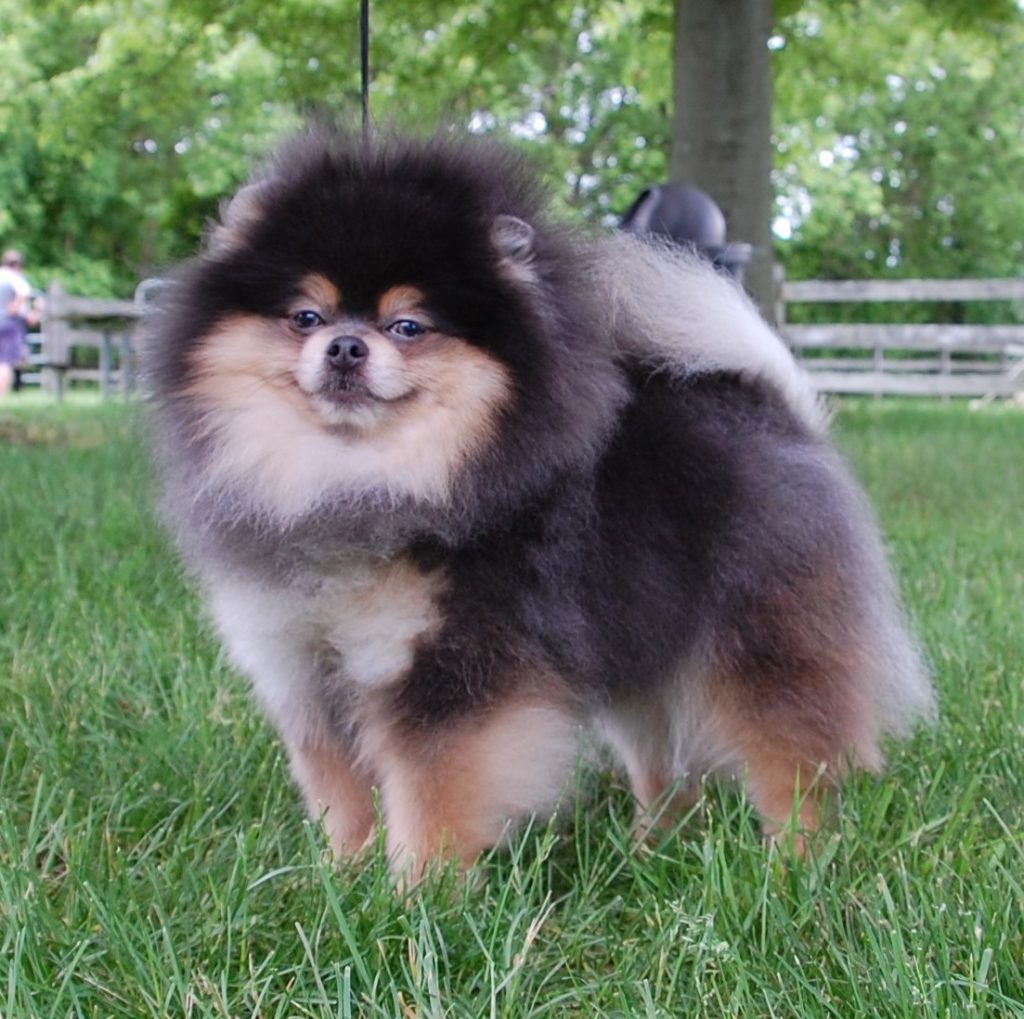
Blue & Tan Adult
Chocolate & Tan
When combined with the brown recessive (b) a chocolate & tan is created. They are similar to black & tans but all the black pigment on the dog’s hair, paw pads, nose and eye rims are turned to brown instead of black.
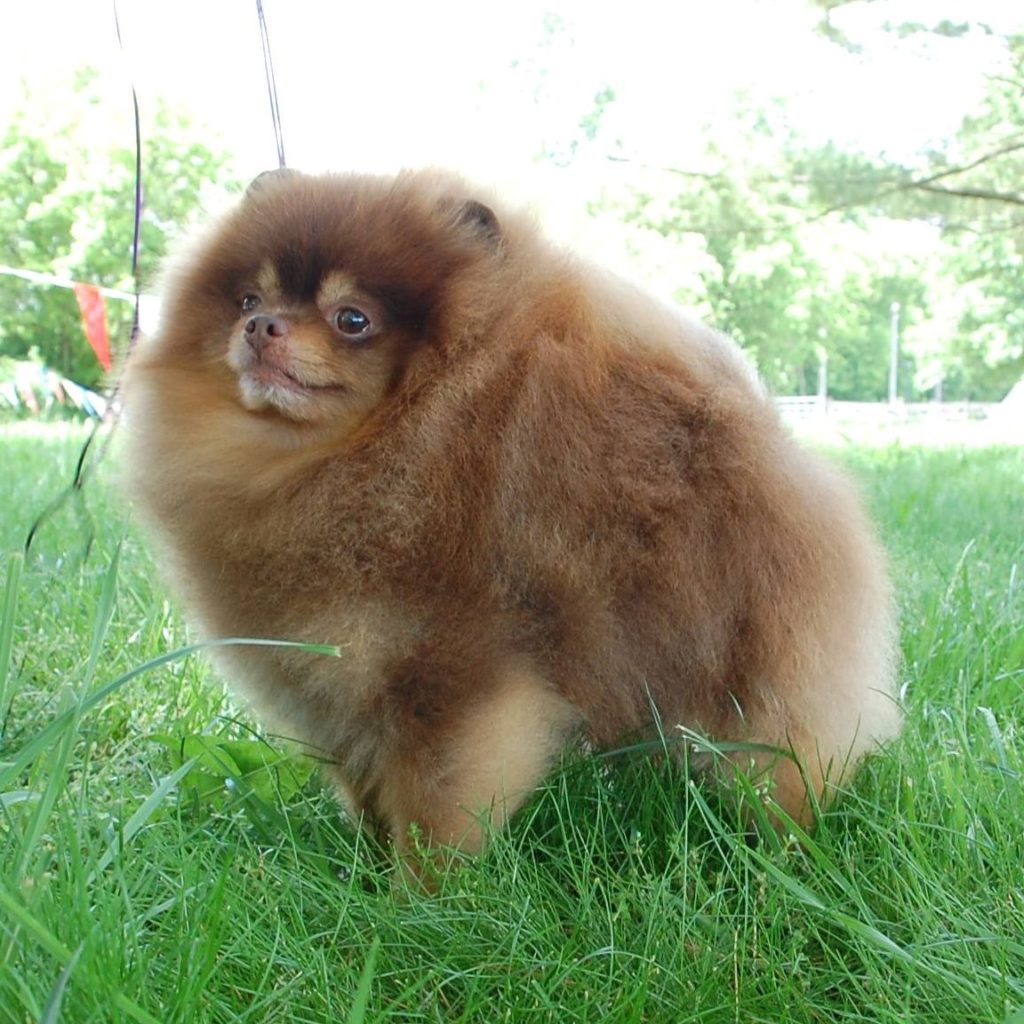
Chocolate & Tan adult 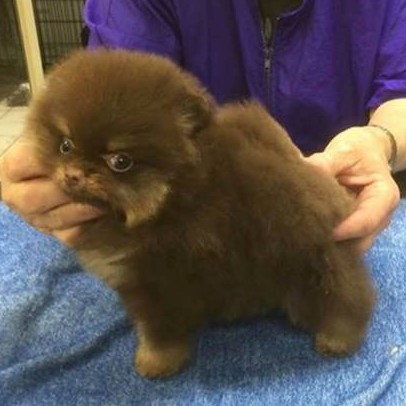
Chocolate & Tan 8 wks 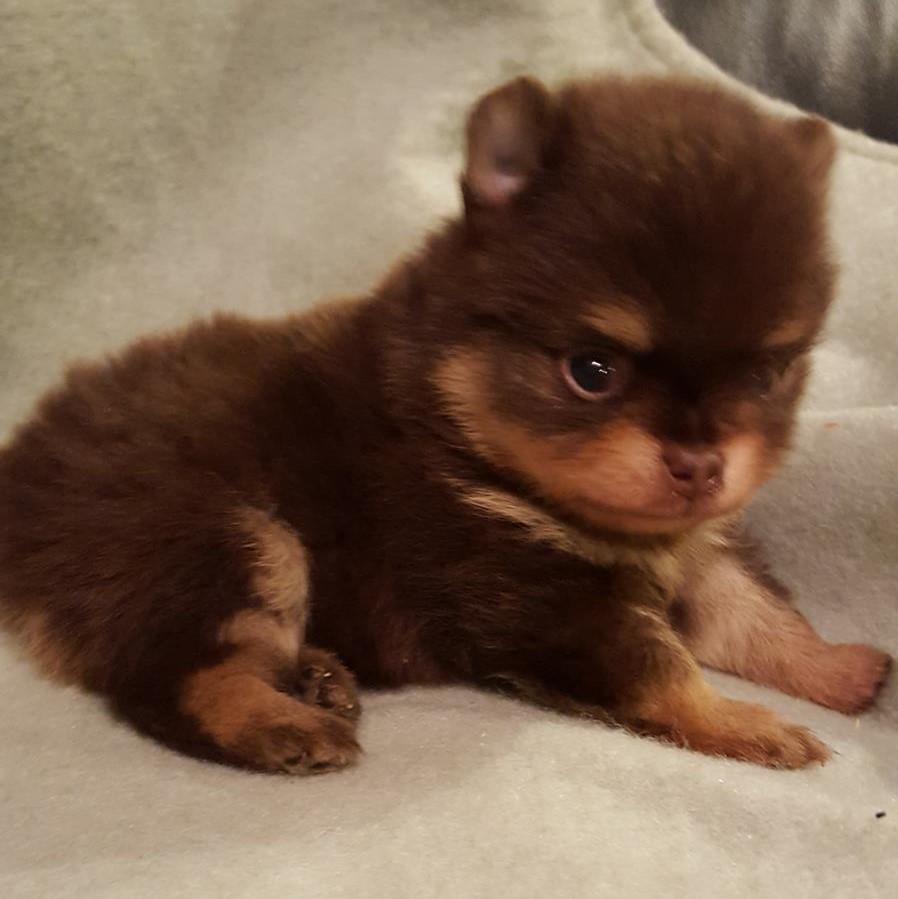
Chocolate & Tan 3 wks 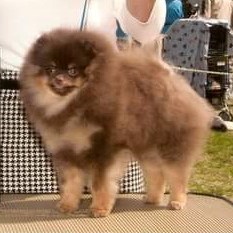
Chocolate & Tan 6 mos 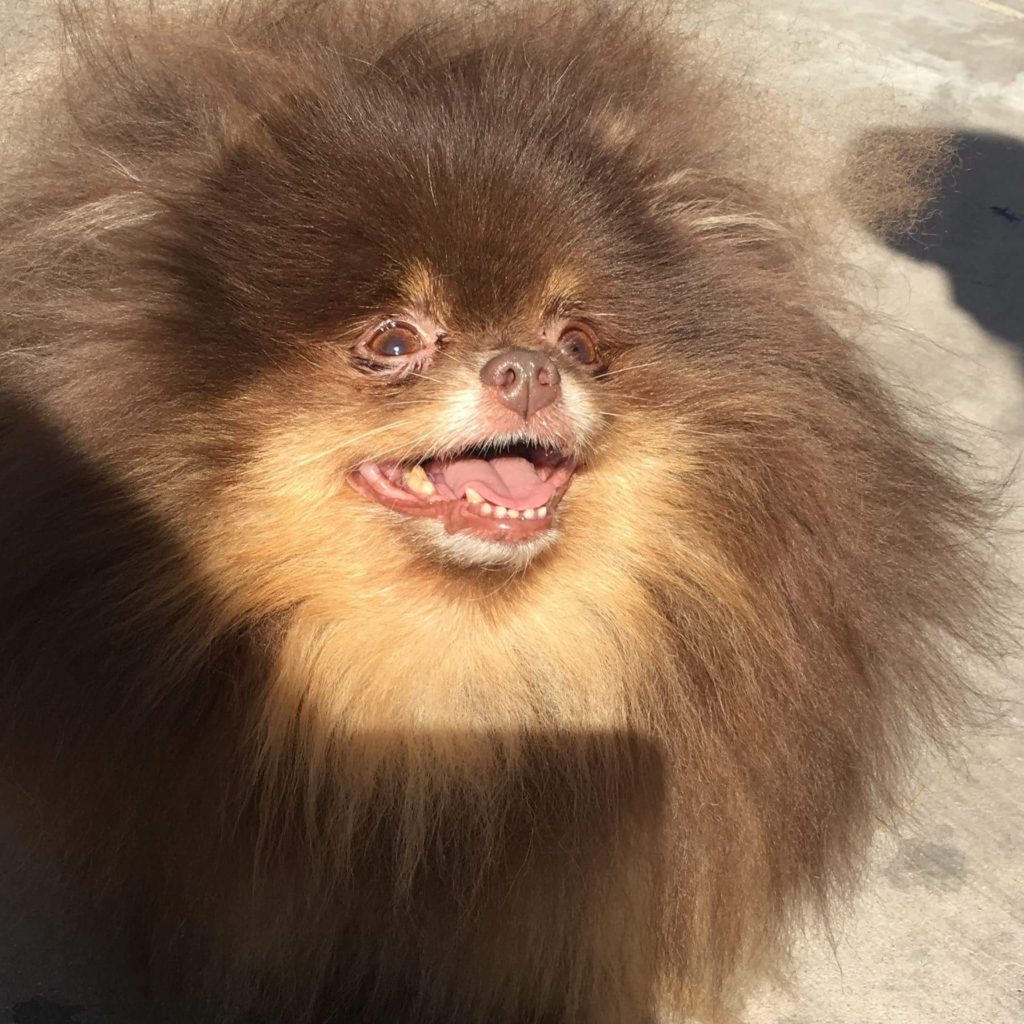
Chocolate & Tan Adult
Other Variations
The black & tan pattern can be combined with other patterns such as merle, brindle and parti to produce a wide variety of possibilities.
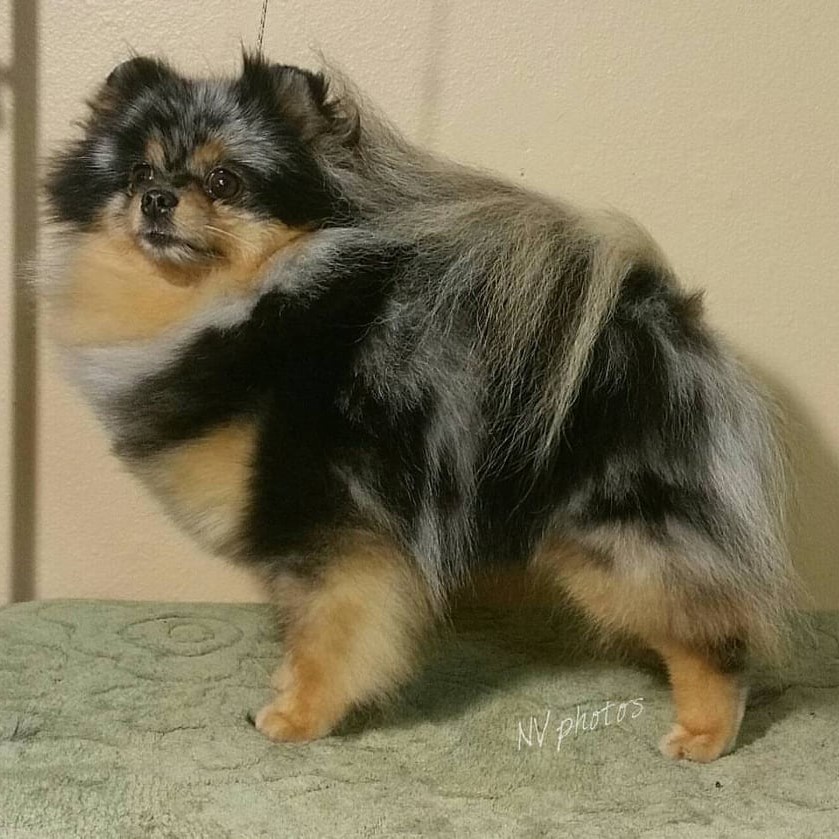
Blue Merle & Tan 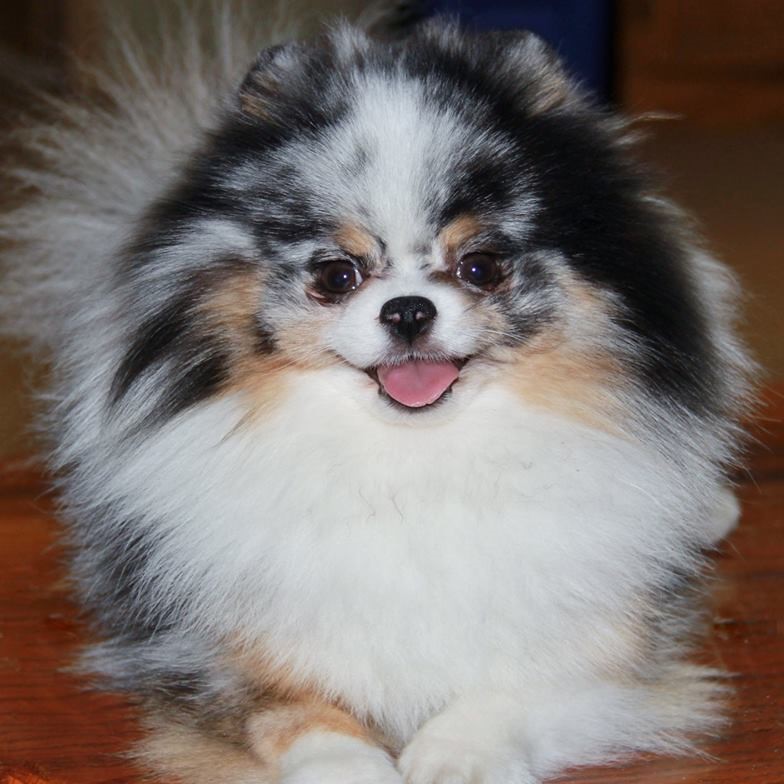
Blue Merle & Tan Parti 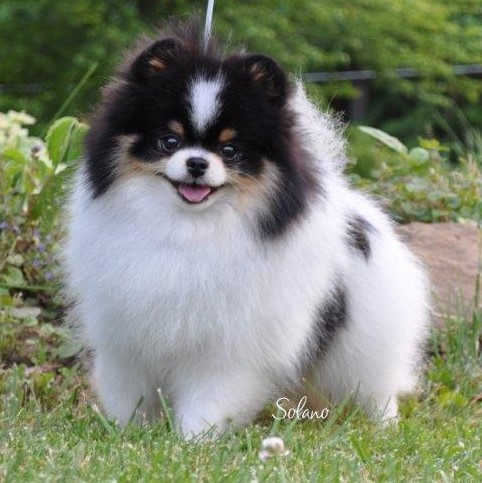
Black & Tan Parti
